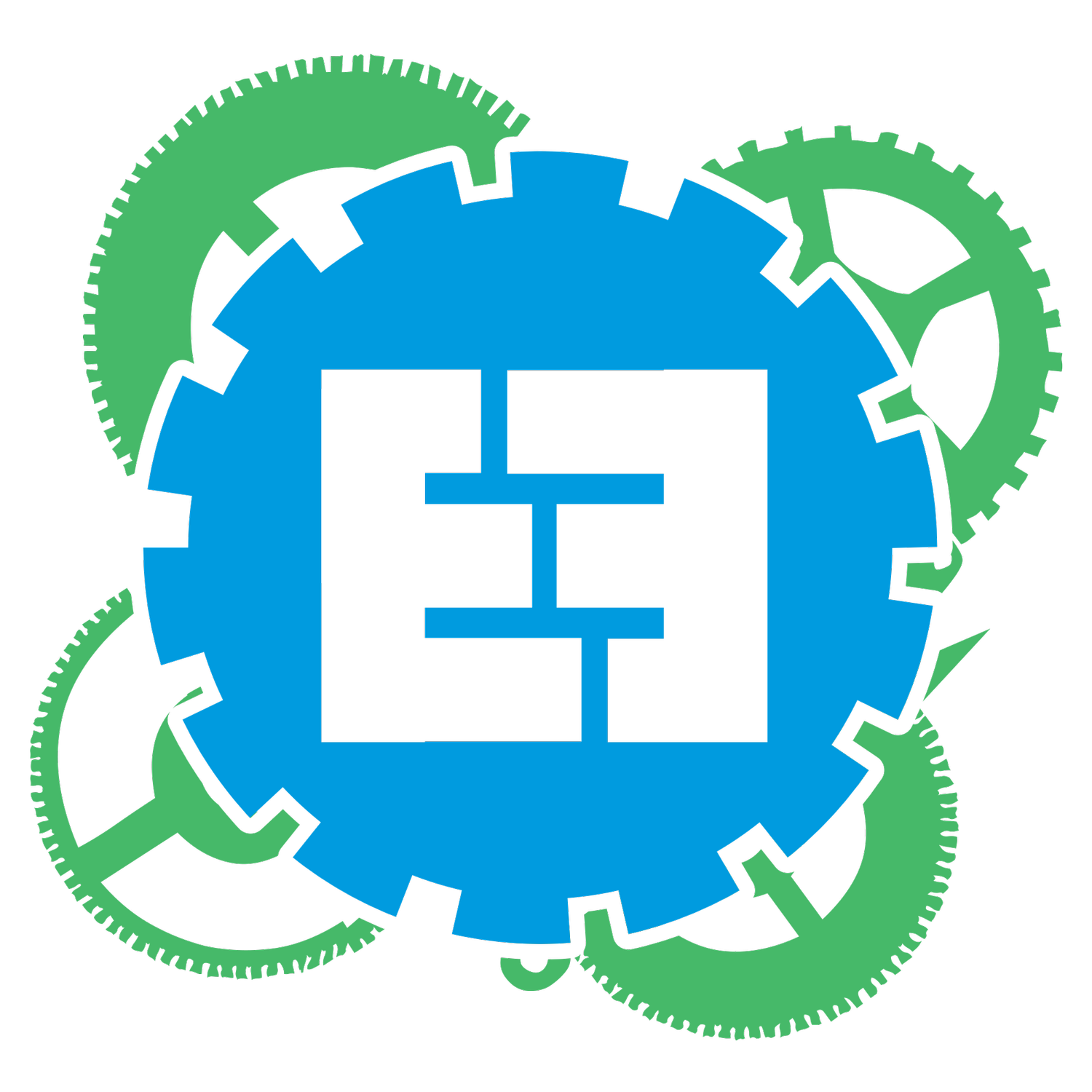Automatic Reverse Sensor
Creating a reverse sensor for a electric wheelchair
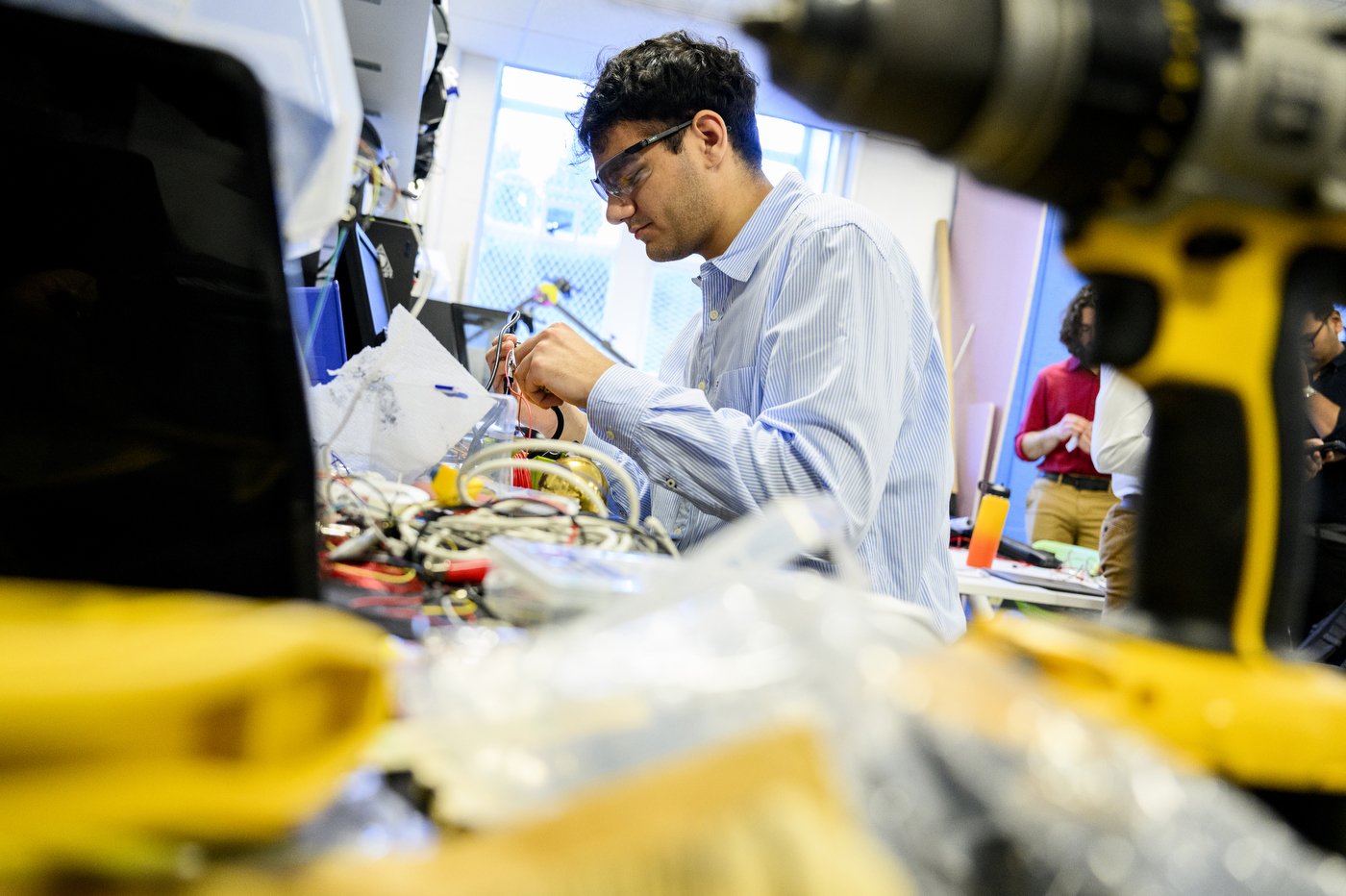
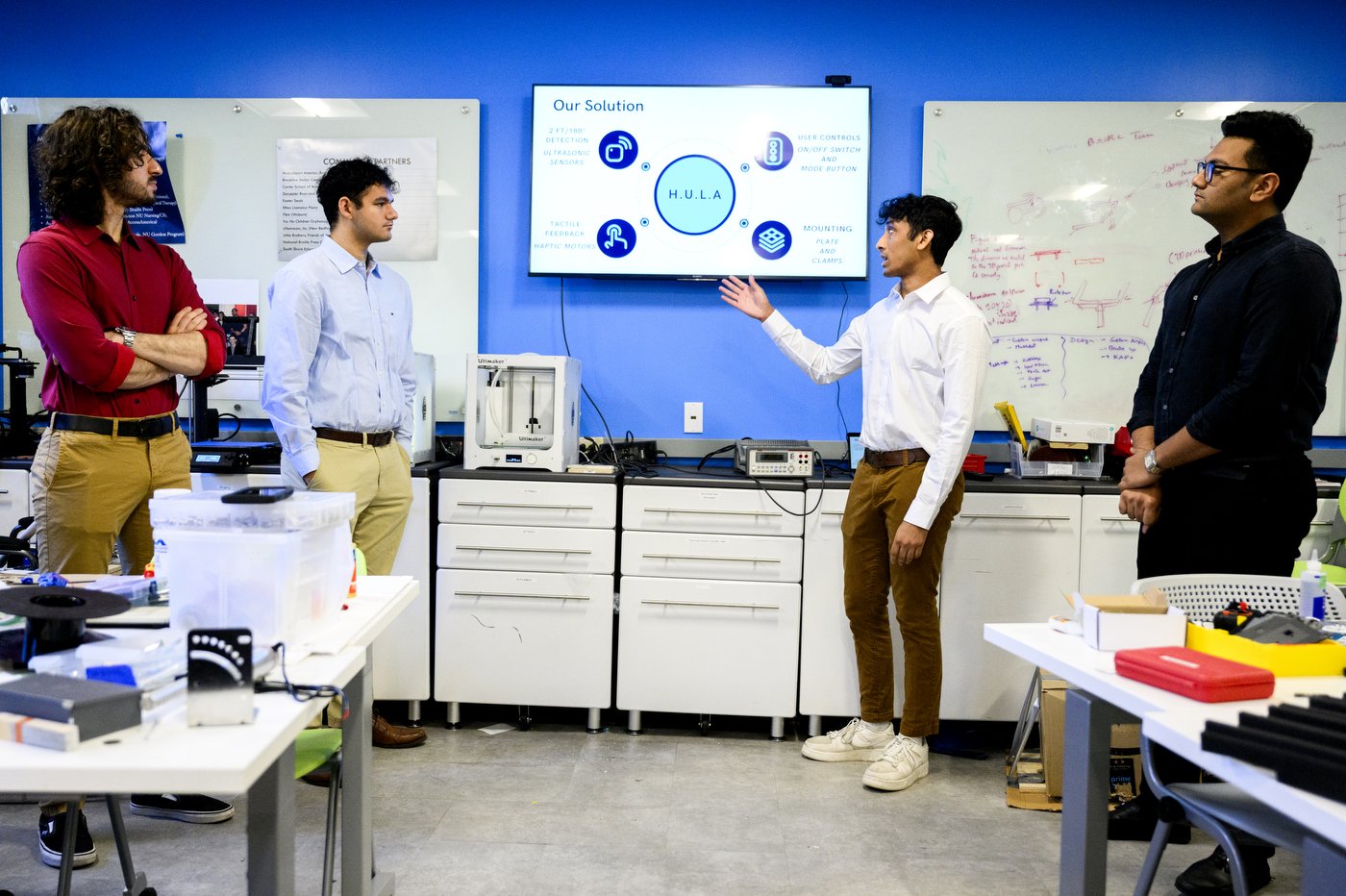
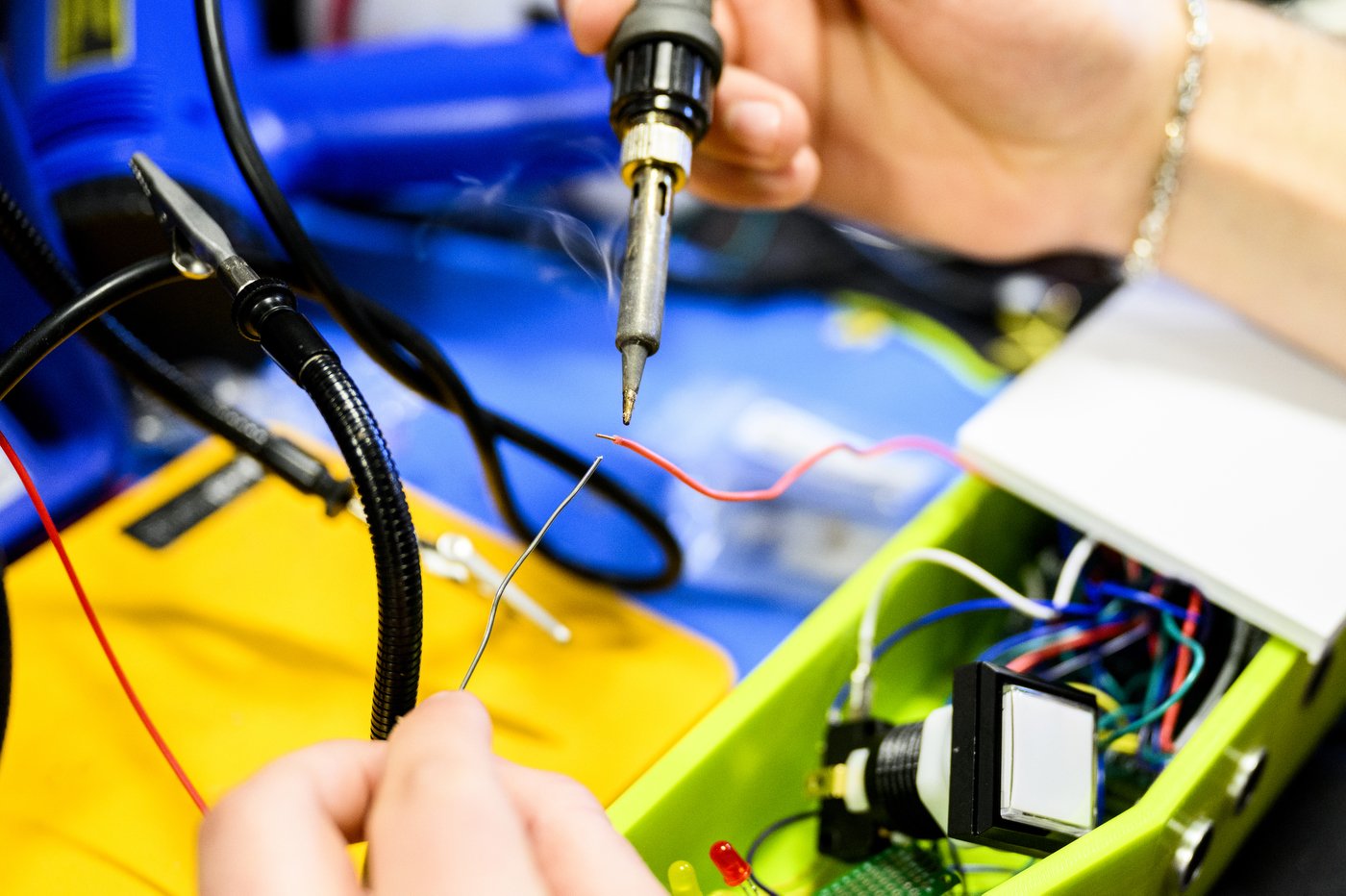
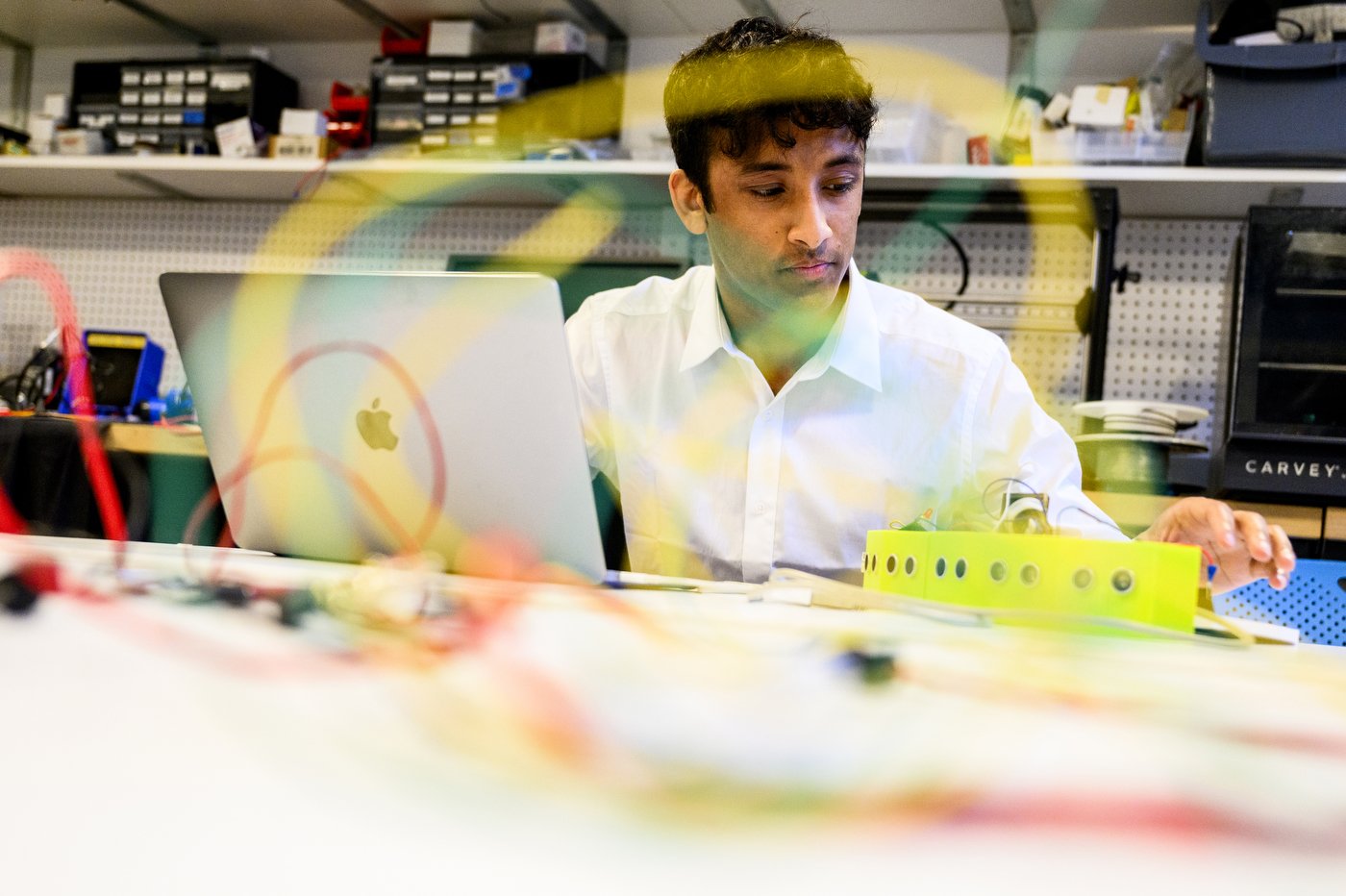
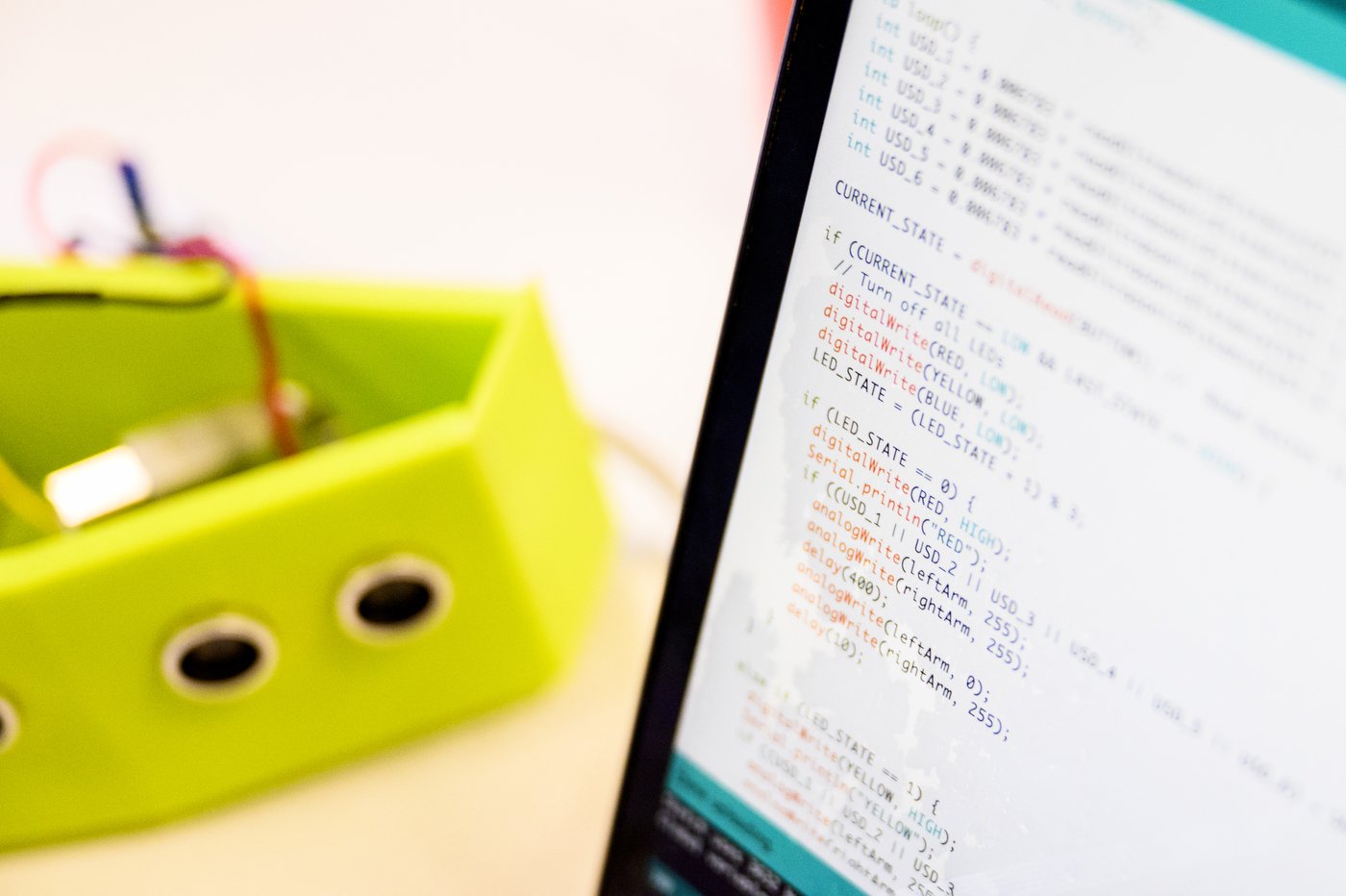
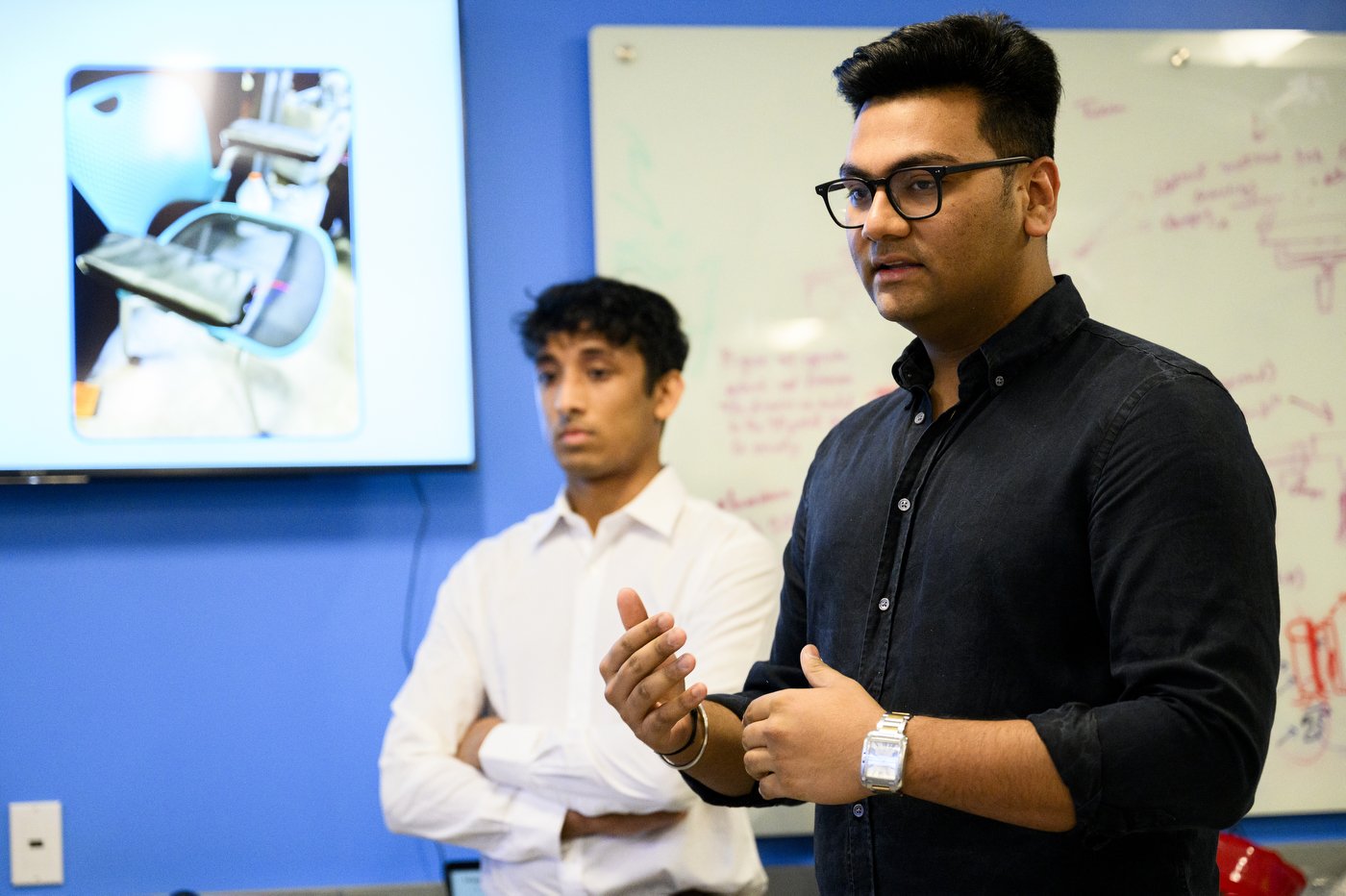
The Need
The Boston Home is an inclusive community designed to accommodate any and all adults with advanced neurological disorders. Over 84% of the adults in the home use powered wheelchairs to navigate their day-to-day activities. While the wheelchairs do provide advanced autonomy to the user, they still have to face the issue of recognizing and detecting obstacles in their reverse path and blind spots. This project is designed to assist one of the residents of the home, Sarah. Sarah is one of the older residents who has been with the home for 16 years. She has limited vision and scoliosis which can make it difficult for her to move and detect obstacles while using her wheelchair. She is currently using a powered wheelchair which we will make modifications to throughout the project.
The Solution
We plan to provide a means of indication for imminent objects behind the wheelchair such that when a user is reversing, they are alerted of anything present behind them without having to turn their head. Auditory and visual (LEDs) indicators often serve as a hindrance for the user so we decided to neglect these in our design choice. We plan to create a wired system that uses an Arduino-compatible board to communicate amongst itself. The system will consist of three major components: the Arduino board, the sensors, and the vibration pads. Our design must be compatible and mountable onto the Quantum Q6 wheelchair that Sarah uses.
We plan to place our sensors behind the wheelchair, low enough that any recline of the chair will not affect the 180° directionality of our sensor. The ultrasonic sensor will be able to detect objects present behind the wheelchair while the infrared sensor will detect the presence of humans through heat.
The Team
Alexander Pervizi
Charles Caiol
Darsh Jha
Hari Narayanam

